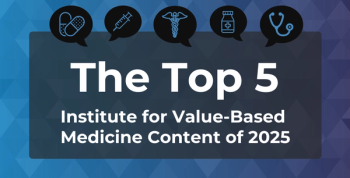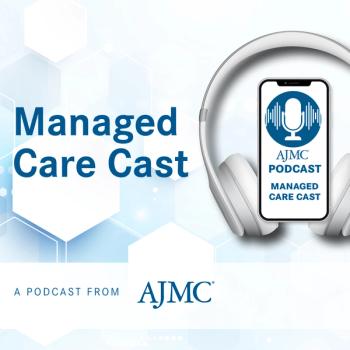
Reshaping Rx: Navigating 2025 Drug Pricing Policies—Recording

In a webinar, panelists discuss Trump's 2025 drug pricing policies, focusing on the Most Favored Nation order, pharmacy benefit manager reform, and implications for manufacturers and patients.
During a conversation on the Trump administration’s 2025 drug pricing policies, panelists discussed the implications of the Most Favored Nation policy, the broader context of drug pricing reforms, and efforts to address pharmacy benefit manager (PBM) reform through greater transparency.
Ryan Haumschild, PharmD, MBA, MS, CPEL, vice president of pharmacy at Emory Healthcare and Winship Cancer Institute, moderated the discussion on June 26 with:
- John O’Brien, PharmD, MPH, president and CEO at National Pharmaceutical Council
- Justin Favaro, MD, PhD, hematologist/oncologist at Oncology Specialists of Charlotte
- Kathy Oubre, MS, CEO of Pontchartrain Cancer Center
The majority of the conversation focused on the Most Favored Nation executive order, which President Donald Trump
About a week after the executive order was signed, HHS announced it had
As for other pricing policies, O’Brien outlined the importance of addressing broader systemic issues in health care, while Oubre and Favaro discussed the challenges of biosimilar adoption and the need for targeted solutions to address payer issues.
Watch the full conversation above or jump ahead in the conversation using the time stamps below:
- 3:47—The Most Favored Nation policy in the 2025 context. What is it, and how does it differ from the 2020 version?
- 9:00—HHS has announced specific pricing targets. From a legal or implementation perspective, what are the immediate implications of this rapid action, and how might manufacturers be reacting to this urgency?
- 14:20—The enforcement of the Most Favored Nation policy. What do we think "significant progress" in complying with the order likely means, and what type of "aggressive measures" could we expect if manufacturers don't comply voluntarily?
- 17:46—The executive order calls for HHS to facilitate direct-to-consumer (DTC) sales. What would be the practical implications of a widespread DTC model for manufacturers? How might this disrupt the traditional supply chain, particularly for PBMs and pharmacies?
- 20:27—How realistic are the claims that the Most Favored Nation policy could reduce US drug prices by 30% to 80%, given the complexities of global pricing and rebates?
- 25:24—Beyond Most Favored Nation, what are other key initiatives that we can expect to see or are already seeing?
- 31:09—There has been renewed interest in legislative proposals like the Fair Prescription Drug Prices for Americans Act. How do these legislative efforts align with or diverge from the administration's executive actions, and does bipartisan interest suggest a broader political consensus on drug pricing controls?
- 32:39—There was a notable directive for the FDA commissioner to "review and potentially modify or revoke drug approvals for drugs that may be unsafe, ineffective, or improperly marketed." What might that look like in practice, and how are companies reacting to the potential?
- 34:56—Addressing PBMs with greater transparency. What bills are out there, what are they trying to mandate, and how might greater transparency impact the current PBM business model?
- 40:45—Spread pricing. What spread pricing is, and what are legislative efforts doing to prohibit or limit it, especially in Medicaid?
- 42:42—There is a push to prohibit PBMs from owning or operating pharmacies. What are the anticompetitive concerns driving this, and what would be the practical implications if such prohibitions became widespread federally?
- 44:37—Vertical integration. How does vertical integration, where PBMs own insurers and pharmacies, complicate these legislative efforts, and what unique challenges does it pose for competition?
- 48:18—Questions from the audience.
Newsletter
Stay ahead of policy, cost, and value—subscribe to AJMC for expert insights at the intersection of clinical care and health economics.







































